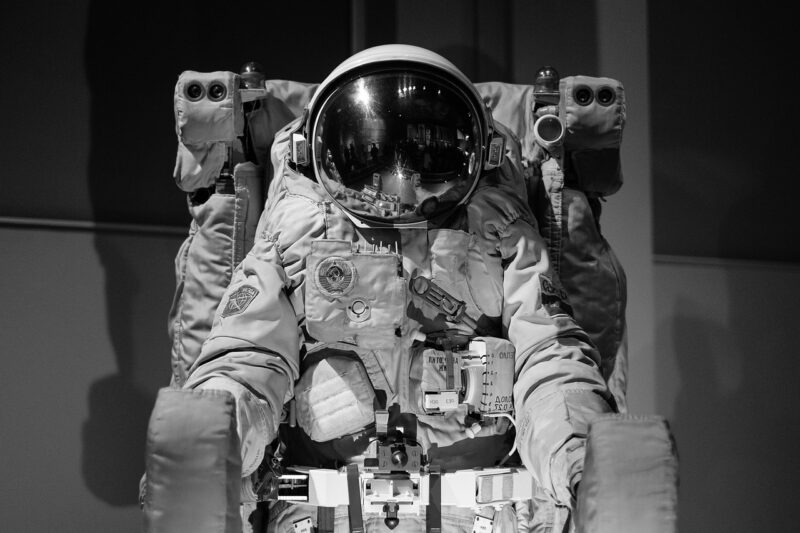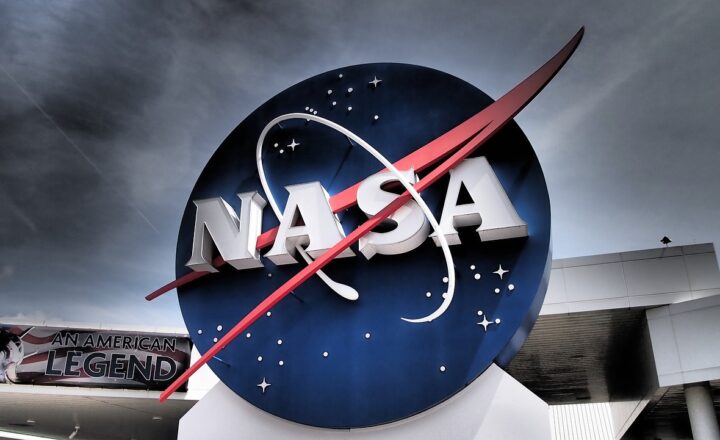The Intricacies of Space Travel: How Astronauts Train for Zero Gravity
November 11, 2024

Space travel has long captured the human imagination, from the pioneering days of Yuri Gagarin and the Apollo missions to the modern era of commercial spaceflight. However, one of the lesser-known aspects of this extraordinary journey is the rigorous and complex training that astronauts undergo to prepare themselves for the unique challenges of working in a zero-gravity environment. This article delves into the intricacies of how astronauts train for space and provides insight into their experiences during this transformative process.
1. Understanding Zero Gravity
To comprehend the importance of training for zero gravity, we must first understand what it entails. Zero gravity, or microgravity, refers to a state where the gravitational forces are significantly weaker than those experienced on Earth. In such an environment, astronauts float instead of experiencing the usual sensation of weight. This phenomenon is primarily observed in spacecraft orbiting Earth, where the ship and everything inside it is in free fall.
The absence of weight has profound effects on the human body, affecting everything from fluid distribution to muscle atrophy. Consequently, astronauts undergo specific training to acclimate their bodies to these conditions, ensuring their safety and effectiveness in space.
2. Types of Training Programs
NASA employs a series of rigorous training programs designed to prepare astronauts for the myriad challenges they face in space. Here are some key components of their training regimen:
- Neutral Buoyancy Training: One of the most iconic aspects of astronaut training, neutral buoyancy involves submerged training in large swimming pools. Astronauts practice maneuvers and tasks while submerged, simulating the weightlessness of space. This method allows them to experience the sensation of floating while performing critical tasks, including repairing equipment and conducting experiments.
- Virtual Reality Simulations: With the advent of modern technology, virtual reality (VR) has become a vital training tool. Astronauts don VR headsets to engage in realistic simulations of spacewalks and other missions. This technology helps them develop the mental preparedness necessary to handle their tasks without the physical constraints of zero gravity.
- Gimbal Rig Training: Astronauts use gimbal rigs that can simulate rotation and movement of a spacecraft. This is essential for helping them learn to maintain their balance and perform tasks while experiencing disorientation—as they would in space.
- Centrifuge Training: To prepare for the forces they will experience during launch and re-entry, astronauts undergo centrifuge training. This involves being spun in a machine to simulate the powerful G-forces experienced during these phases of flight. Understanding how to manage physical sensations during acceleration is crucial for maintaining control in spacecraft operations.
- Survival Training: Post-mission survival training prepares astronauts for safe landings and survival in the event of an unscheduled touchdown on Earth. This includes wilderness survival skills and familiarization with the environment in which they may land, ensuring they are equipped to handle any survival situation upon return.
3. Psychological Preparation
A successful space mission extends beyond physical training; psychological readiness is equally important. Astronauts experience prolonged isolation and confinement during their missions, which can pose mental challenges. To prepare for this, they undergo:
- Teamwork Training: Cohesion among crew members is essential for maintaining morale and productivity during long missions. Exercises designed to foster teamwork help astronauts learn how to communicate effectively and resolve conflicts while in the confined space of a spacecraft.
- Mental Resilience Training: Astronauts are trained to manage stress and maintain focus. Techniques include mindfulness exercises, coping strategies for stress, and mental conditioning to handle emergencies without panicking.
4. Training for Extravehicular Activities (EVAs)
Extravehicular Activities (EVAs), commonly known as spacewalks, pose unique challenges that require extensive preparation. During these missions, astronauts must perform repairs, conduct experiments, and gather data outside their spacecraft. Training for EVAs includes:
- Simulated EVAs: Astronauts practice maneuvers wearing their spacesuits in controlled environments, allowing them to adjust to the suit’s limitations and rehearse necessary actions for their missions.
- Training in Vacuum Chambers: Conducting EVAs in a vacuum chamber helps astronauts experience the actual conditions of space, practicing tasks without the safety net of gravity.
5. The Role of Instructors and Support Staff
Behind every astronaut’s successful training is a dedicated team of trainers, engineers, and scientists who provide support throughout the training process. Instructors are responsible for ensuring astronauts understand complex systems, engineering principles, and the science behind space travel. Additionally, medical professionals monitor astronauts’ health, preparing them for physical demands and mental strains related to space missions.
The collaborative nature of astronaut training reflects the complexity of space missions, where teamwork and coordinated efforts are essential to success.
6. Conclusion: The Journey Towards the Stars
Training for space travel is a multifaceted journey involving physical, psychological, and practical learning. As we continue to advance in space exploration and technology, the training of astronauts remains essential for meeting the challenges of zero gravity.
With programs emphasizing everything from understanding the nuances of microgravity to fostering mental resilience, astronauts are well-equipped to handle the rigors of space travel. As humanity pushes further into the universe with each space mission, the training behind our brave astronauts serves as a critical foundation for these groundbreaking adventures.
By understanding the intricacies of astronaut training, we gain insight into the resilience of the human spirit and the relentless pursuit of knowledge and exploration that defines our quest for the stars.






